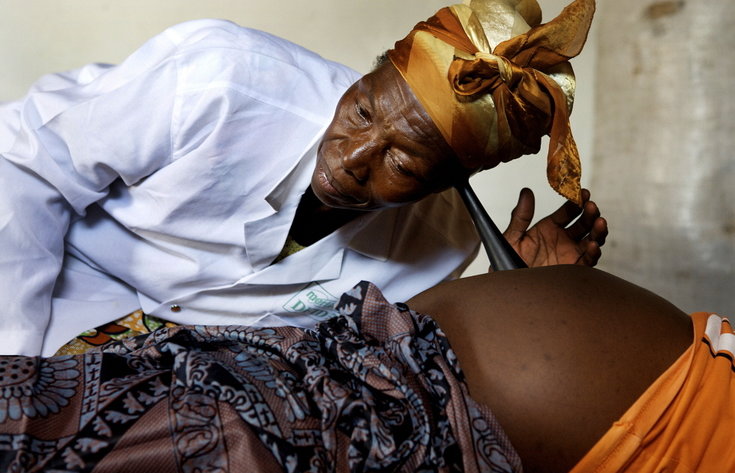Send to a friend
The details you provide on this page will not be used to send unsolicited email, and will not be sold to a 3rd party. See privacy policy.
Funding for research into reproductive health problems in developing nations is languishing despite the severe and widespread impacts of these issues, a report has found.
Research and development (R&D) spending on reproductive health issues in these countries received just US$88 million in 2013, according to the report by Policy Cures, an Australian non-profit organisation that provides analysis and decision-making tools around neglected diseases.
In contrast, neglected diseases such as malaria and tuberculosis received roughly US$3.2 billion in 2013.
At a launch event last week (4 February), health advocates lamented the findings, noting that hundreds of women in developing nations die each day from childbirth complications and millions more suffer from sexually transmitted infections such as chlamydia.
Given the figures, some advocates suggested they need to rethink how they put their case to funding institutions.
“The takeaway message is that I think there’s a clear disconnect between the need and the response,” Mary Moran, executive director of Policy Cures, said at the event.
“The potential payoff for investments in this area is enormous.”
Jane Hutchings, PATH
Policy Cures surveyed funding organisations — ranging from government agencies to the pharmaceutical industry to NGOs — on whether they gave R&D money for reproductive health issues that are of specific concern in developing countries and for which there is no viable market.
R&D for contraceptives received 71 per cent (US$63 million) of the total 2013 amount. Other areas — ranging from sexually transmitted infections other than HIV to multipurpose technologies such as patches and gels — received less than US$10 million each. Certain individual areas, such as syphilis drugs and short-acting contraceptive drugs, got no funding at all.
Almost all the money came from the United States, reflecting the general situation for neglected tropical disease research funding.
Advocates suggested funders are unaware of the severity of reproductive health problems facing developing countries.
Moran added that funders can view boosting cash support for reproductive health R&D as risky, given that few treatments that get researched ever reach market.
But “we don’t talk about how much of a risk it is not to do it”, she said.
Moran suggested that advocates could more easily persuade funding institutions to provide support by telling them about specific reproductive-health problems — such as excessive bleeding after giving birth — that kill many women in developing countries but are more easily treated in the developed world.
Jane Hutchings is programme leader for reproductive health at PATH, a US nonprofit organisation that focuses on global health innovation. She cited findings from a December 2014 report from the Guttmacher Institute, a policy research organisation focusing on reproductive health. This showed there are major health benefits from expanding access to contraception and providing women and their children with WHO standards of basic care.
By doubling the amount currently spent on sexual and reproductive health, pregnancy-related maternal deaths would drop by two-thirds and child deaths by three-quarters, the report found.
“The potential payoff for investments in this area is enormous,” Hutchings said.
> Link to the Policy Cures report
> Link to the Guttmacher Institute report














